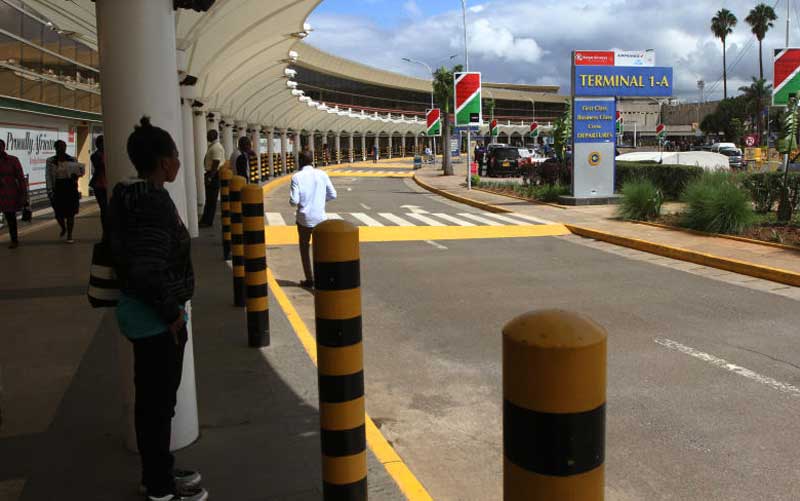×
The Standard e-Paper
Kenya’s Boldest Voice

The move to create a special investment vehicle made up of the Kenya Airports Authority (KAA) and Kenya Airways to take over the management of the Jomo Kenyatta International Airport (JKIA) has run into headwinds, with the opposition from Parliament and players in the industry growing.
The Parliament’s Public Investment Committee has suspended the process, pending a review while the Kenya Aviation Workers Union has moved to court to terminate the plan altogether.